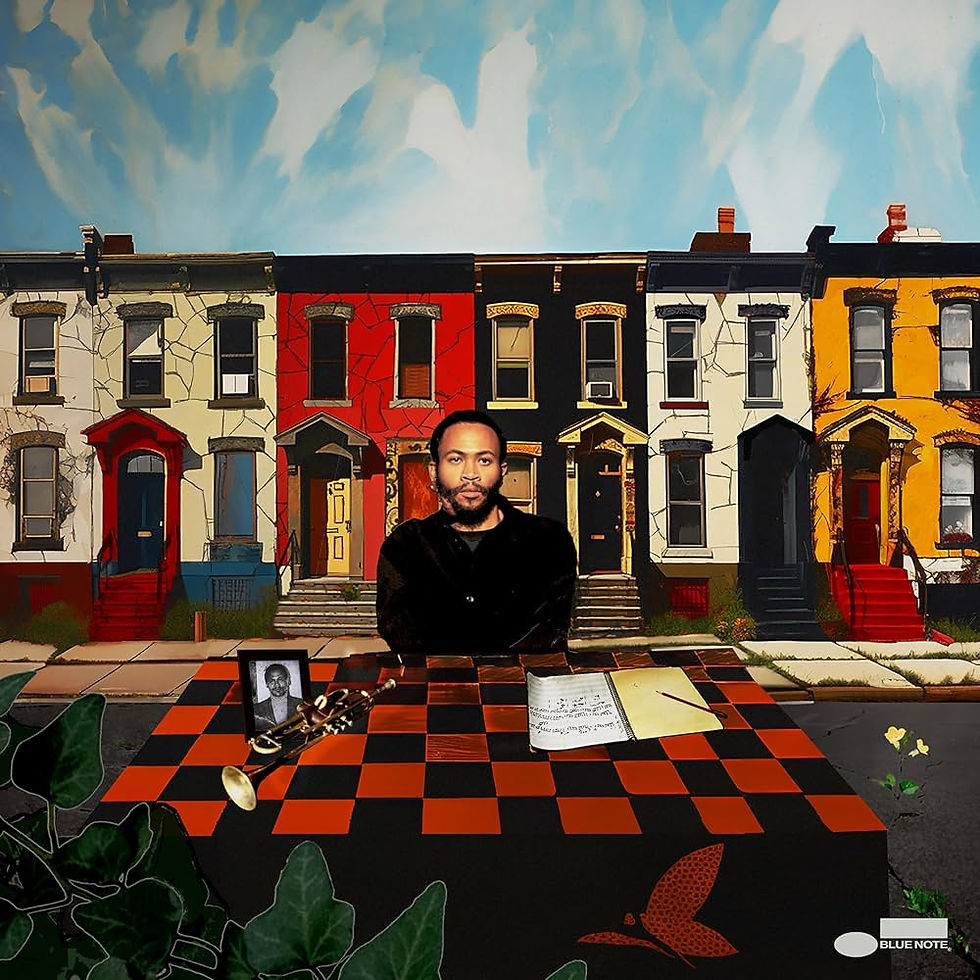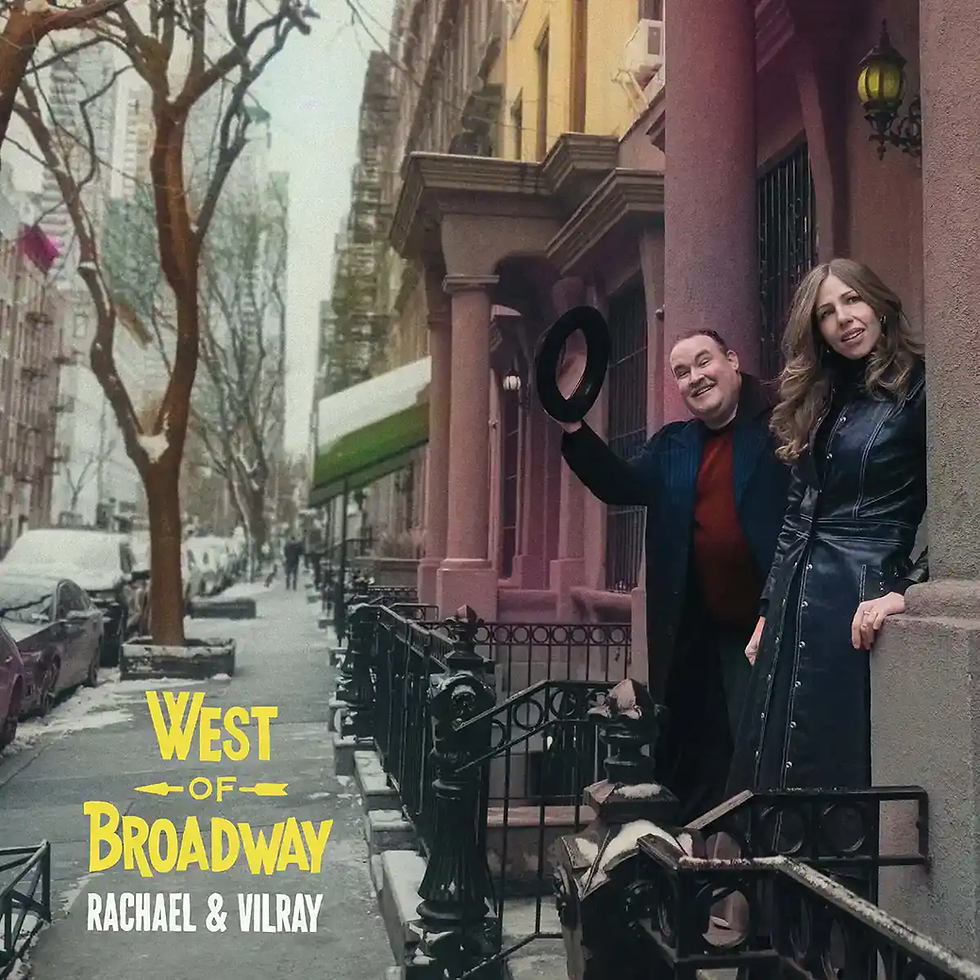Brandon Woody: For The Love Of It All
- Pandora's Vinyl

- Aug 9
- 3 min read
Brandon Woody’s debut album, For The Love Of It All, with Blue Note Records, is a dynamic masterpiece that captures longing, tension and love, and stands as a testament to his beloved hometown of Baltimore. Recorded with his band, UPENDO, the work resonates with the post-bop stylings of artists like Miles Davis and John Coltrane, producing sounds as vibrant as the colours on his album cover.

The album flows smoothly with seamless transitions, similar tonal ranges and motifs. This is especially evident between Beyond The Reach Of Our Eyes and Wisdom; Terrance on St. Pauls St. Altogether this creates a sense of comfort and familiarity throughout the album, making the ‘home’ (the primary melodic pattern in the jazz improvisation, sometimes also referred to as the ‘head’ or the ‘motif’) of the improvisation, more recognisable and resonant.
Not only does Woody remind us of the comfort of home, but he extends this exploration using his complex trumpet techniques to evoke an array of emotions, from anxiety to serenity. The long tones in pieces like Perseverance are soft and calming, alluding to the tranquillity in distant memories. Yet, they are contrasted with the anxious flutterings and spiralings within pieces like Never Gonna Run Away and We, Ota Benga, resembling the intense vulnerability and insecurity in the present. These techniques remind us of the familiar and unfortunate distance from home, a place with fluttering emotions.
Within instrumental jazz, exploring such emotions is more nuanced. As compared to the conventional use of lyrics to convey the message, instrumental music is based on the true expression of the artist. It breaks free from the structures of language, projecting emotions beyond the capacity of the written word, producing meaning that relies purely on connotations and differing from artist to artist and listener to listener. Even the vocals, as present in Never Gonna Run Away, are simple and purely melodic: with each repetition and chord change, it isn’t the word’s meaning that’s spotlighted, but the tonation.
Moreover, these complex emotions are held together by the composite rhythm section of the band, UPENDO. Their polyrhythmic nature, as multiple layered rhythms played concurrently, accentuates both the tense and the easy. While the melody is cacophonous, the polyrhythms make each passage more vibrant by allowing it to stretch without tiring the listener, a masterful iteration that subverts the usual chaotic post-bop stylings.
Simultaneously, the polyrhythms create a calm within the storm, adding a backbone to those fluttering chord changes and making them comprehensible and uplifting. More importantly, it is not only the drums and bass that execute this but also the keys, synth and trumpet that add great depth in their improvisations to support the piece’s complex rhythm. This aspect is best reflected in the final piece of the album, Real Love Pt. 1, which takes the listener on a rollercoaster of dynamic improvisations and catchy motifs, sustained by an equally brilliant rhythm that, in the chaos, brings order.
Brandon Woody’s virtuosity is the highlight of this album, exploring a genre known for its incoherence and within that, giving it structure is ingenious. Concurrently, maintaining a familiarity with the pieces while also exploring ineffable emotions is profoundly moving. All in all, a ground-breaking album in contemporary jazz that may change the way post-bop is explored.
By Ganim Singh
The Entertainment Department




Comments